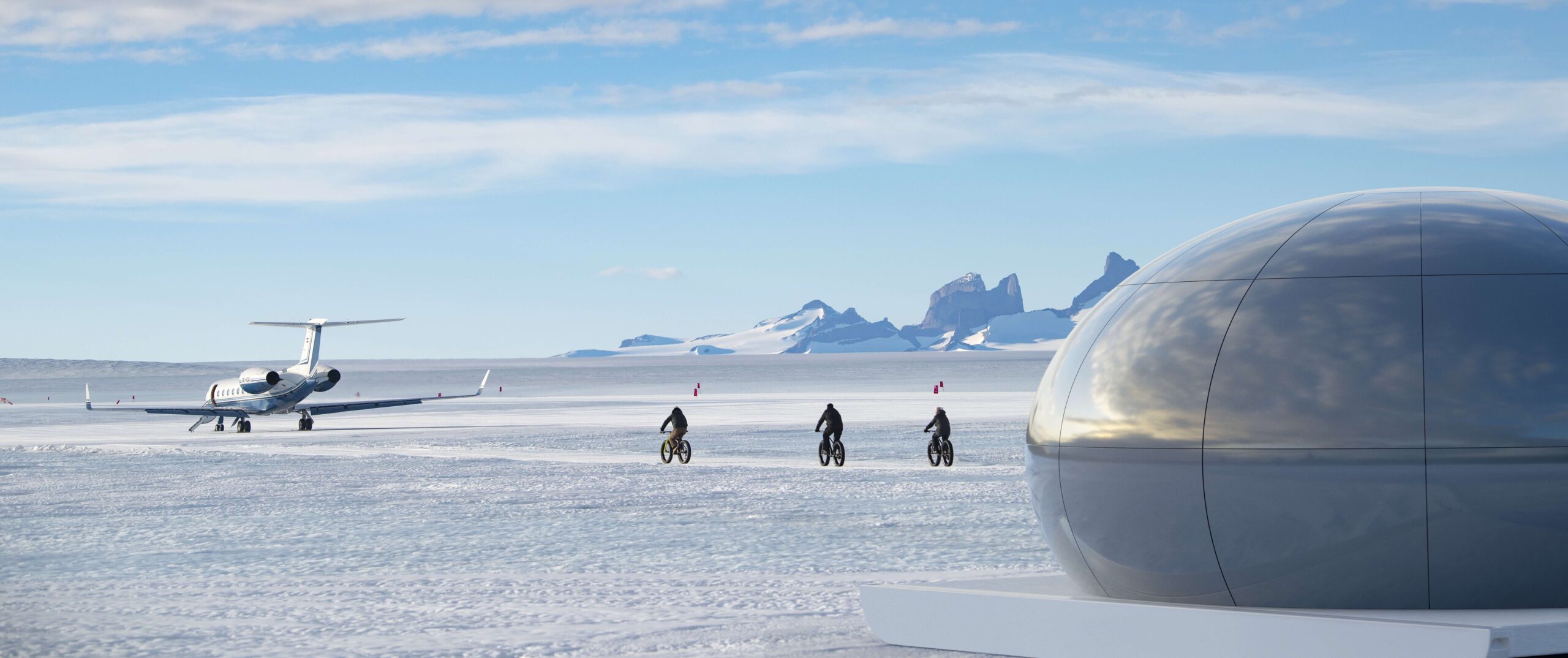Tanzania is an epic safari destination, with its immense vastness, diversity of habitats and incalculable numbers of animals. This is where animals rule the land and you can be centrestage in the wildlife theatre.
Explore Tanzania

From intimate encounters with gazelle and zebra on private concessions, to witnessing hundreds of elephants move through a national park, Tanzania offers a range of diverse experiences for nature lovers. And it’s not only about animals. There are also the mountains – Mount Kilimanjaro is the most famous, but it’s not the only one – Indian Ocean beaches, and local culture and history.
Getting here and around
If you’re coming to Tanzania for safari or the Kilimanjaro, your best entry point is Kilimanjaro International Airport, which has direct flights to various European cities, and also to the United Arab Emirates. If instead you are heading directly to Zanzibar, the island has its own airport. Dar es Salaam too has an international airport – but despite its beautiful name, the city is large and ugly, and the airport itself is bad, so avoid flying there if you can. Once in Tanzania, if you are doing the Northern Circuit, you will travel by road. If you are on safari elsewhere, you will get around by light aircraft – small planes connect all safari destinations, and can also take you to Zanzibar before or after your safari.
Climate & seasons
From January to March the weather is dry, and this is the best time to see wildebeest calving and predators hunting them in the Serengeti. Rains start in April and last until the end of May – we do not recommend you visit at this time of year, since many safari camps close and weather in Zanzibar is not good either. From June to September the weather is usually dry. Some say this is the best season to see wildlife, but in our experience that’s not true – peak safari season means a lot of tourists in parks, and this can cause animals to hide. October to December can be a better option – it may rain, but there are fewer people. And even though it’s not officially the great wildebeest migration time, you will see plenty of them, as millions of animals don’t just disappear into thin air.
Where to go
The Northern Safari Circuit includes the Serengeti – where the great wildebeest migration happens – Ngorongoro, Tarangire and Lake Manyara. You need a minimum of one week to travel through these connected parks. You can climb Mount Kilimanjaro, or go to Zanzibar to enjoy the Indian Ocean beaches. Though most people say you should go to Zanzibar after your safari, we suggest you do the contrary – unwind on the beach first, and get your energy levels high, as you will need them for safari early starts and bumpy roads. The Southern Safari Circuit includes areas like Ruaha, Selous and Katavi, and is best if you want an off-the-beaten-path safari experience.
What to do
“Safari” is too broad a word. In national parks, which are managed by the government, you can go on game drives during the day. This is great – but it’s far from being your only option. Because if you stay at private concessions, you can also go on nighttime drives, walking safaris, even horseback and bicycle safaris. National parks and private concessions each have their advantages, so if you can, go on safari in both kinds of areas. Apart from safari, you can also float on a hot air balloon above the Serengeti. You can climb Mount Kilimanjaro, or some less famous but equally beautiful mountain, like Mount Meru. And if you are going to Zanzibar, remember it’s not only about the beaches – take the opportunity to practice watersports and discover the unique and fascinating culture of the island, particularly in Stone Town.
EliteVoyage Hotel Collection in Tanzania
Tanzania Photo Gallery





Do you like Tanzania?
Plan your trip with one of our experienced travel designers

































